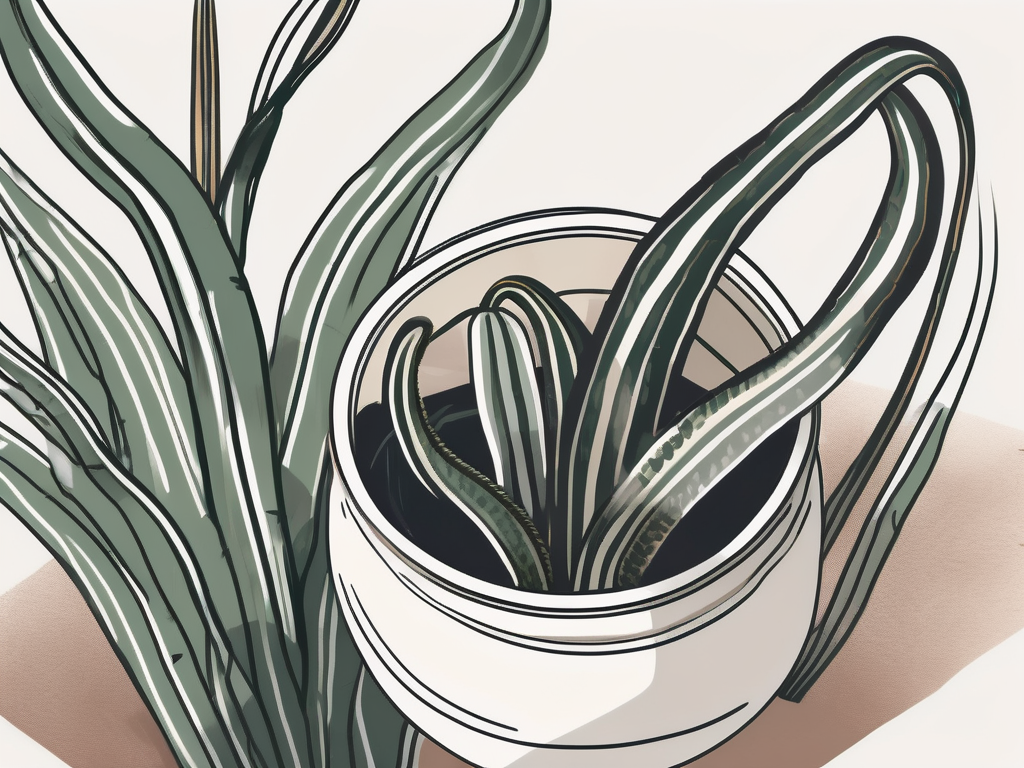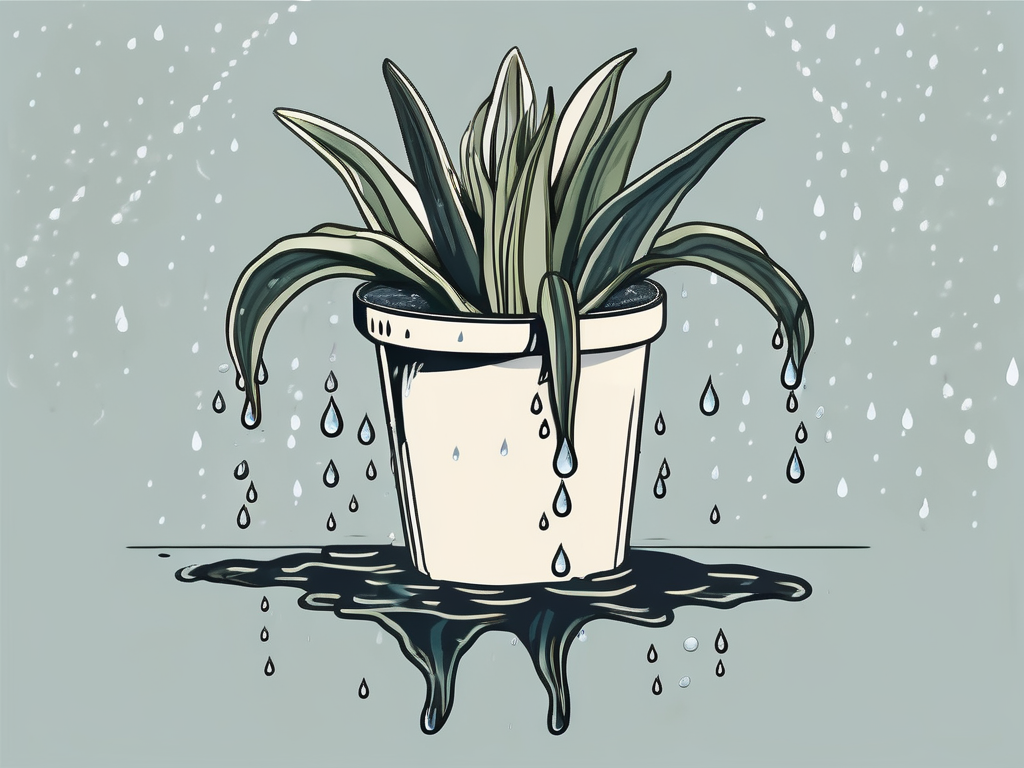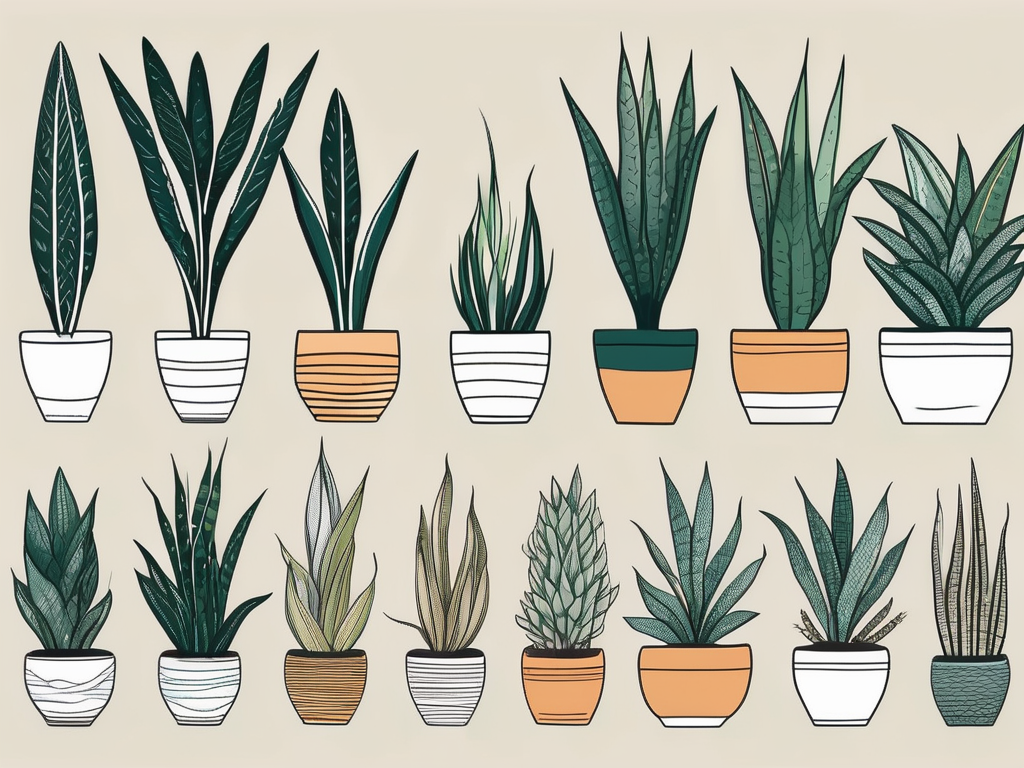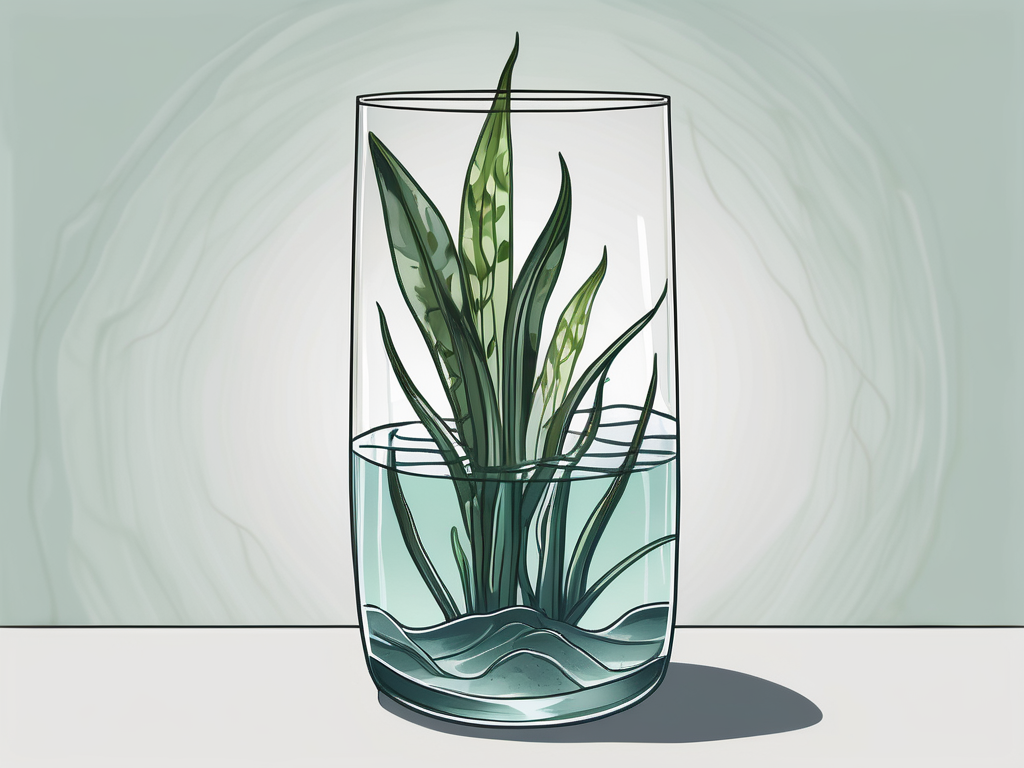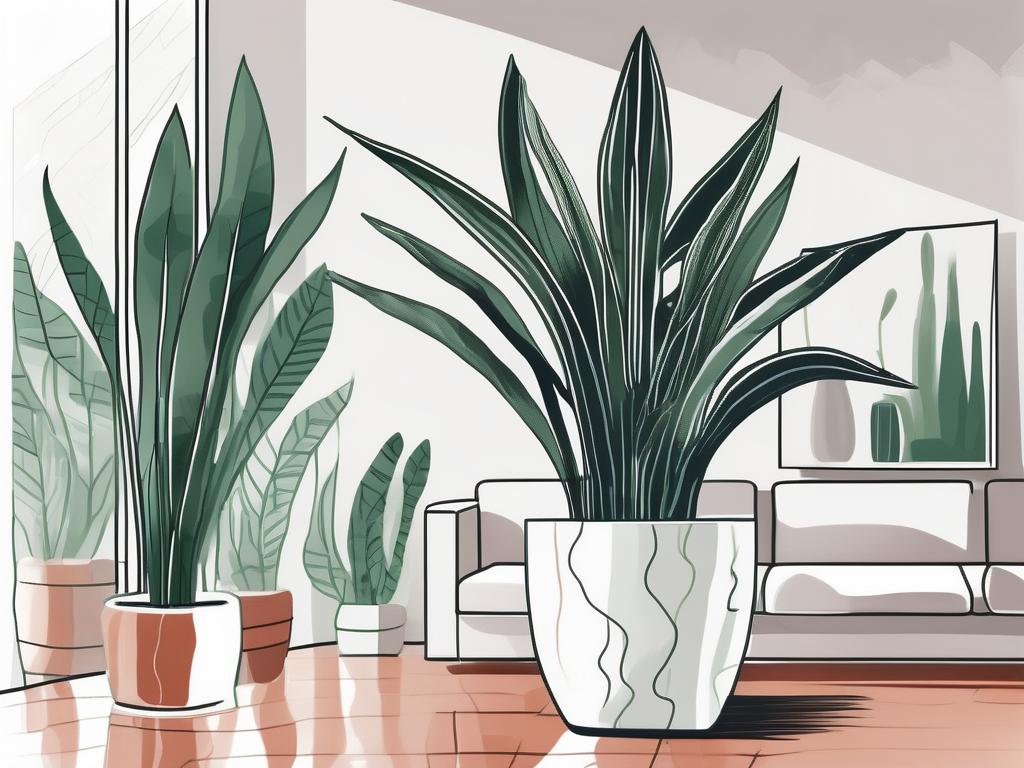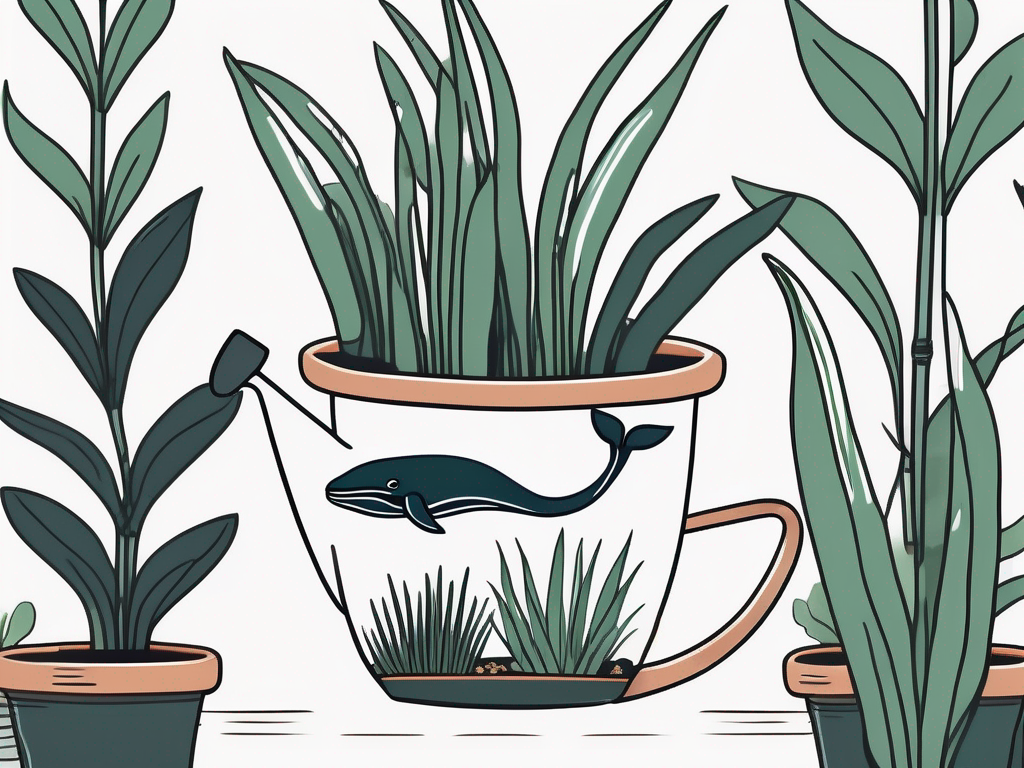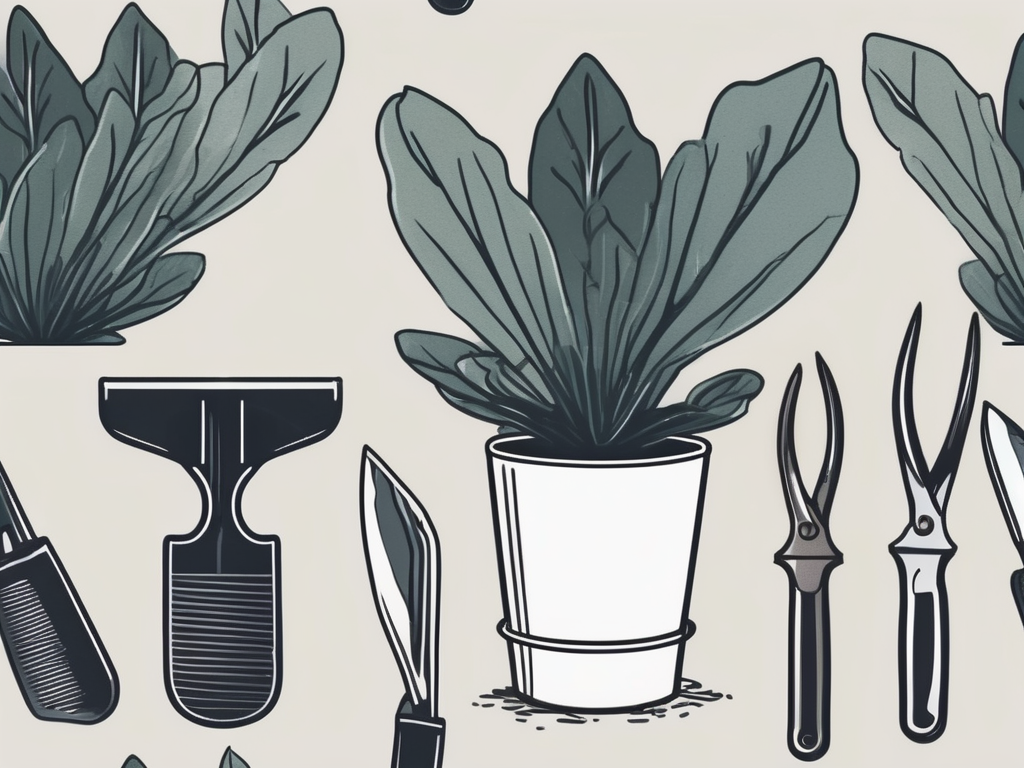
If you're a plant lover, chances are you've come across the snake plant, or as some call it, the "mother-in-law's tongue." This hardy plant is not just a feast for the eyes with its striking vertical leaves, but it's also a champion at purifying indoor air. But what if I told you one plant could become many without spending a dime? Yes, propagating snake plants is not only possible, it's downright fun!
This article will walk you through the process of propagating snake plant cuttings. Whether you're a seasoned plant parent or just getting your hands dirty for the first time, you'll learn everything you need to know. From selecting the right cutting to setting up your propagation station, and even troubleshooting common issues, we've got you covered.
Selecting the Perfect Snake Plant Cutting
Before you start snipping away at your beloved plant, it's important to know which parts of the snake plant are best for propagation. Good news: snake plants are pretty forgiving, but there are a few things to keep in mind.
First, you'll want to choose a healthy, mature leaf. Look for leaves that are deep green and free from blemishes or yellowing. These are signs that the leaf is in good health and has the best chance of successfully rooting and growing into a new plant.
When it comes to size, longer leaves tend to be more successful. Aim for a leaf that's at least six inches long. Why? Well, the larger surface area allows the cutting to photosynthesize more effectively, giving it a better shot at thriving. Plus, a longer leaf can be cut into multiple sections, giving you more bang for your buck!
Once you've identified the perfect leaf, grab a clean, sharp knife or pair of scissors. This helps ensure a clean cut and minimizes the risk of disease transmission. Make your cut near the base of the plant, and voila! You're ready for the next step.
Preparing Your Snake Plant Cuttings for Propagation
Now that you have your leaf cuttings, it's time to prepare them for propagation. This step is all about giving your cuttings the best start possible.
First, you'll want to let the cut ends dry out and callus over. This might sound a bit odd, but it's a crucial step. Allowing the cut ends to dry helps prevent rot once you place them in water or soil. Simply leave them out in a warm, dry spot for a couple of days. You’ll notice the ends start to harden, and that's when you know they're ready.
While you're waiting for the cuttings to callus, take a moment to decide how you'd like to propagate them: in water or soil. Both methods work, but each has its perks. Water propagation lets you see the roots grow, which can be pretty exciting. Soil propagation, on the other hand, skips the transplant step, reducing stress on the plant.
Once the ends have dried, you can move on to the next step. If you’re planning to use water, fill a clean jar or glass with enough water to cover the bottom inch of the cuttings. For soil, choose a pot with good drainage and fill it with well-draining potting mix.
Water Propagation of Snake Plant Cuttings
Water propagation is a fantastic way to watch the magic of root growth unfold right before your eyes. If you're someone who thrives on visual progress, this method might just be your cup of tea.
Start by placing your prepared cuttings in a jar or glass of water. Ensure that only the bottom inch or so is submerged. Too much water can drown the cutting, while too little can cause it to dry out. Find that Goldilocks zone and you're golden!
Next, place your jar in a spot with bright, indirect light. Direct sunlight can be too intense, potentially causing the water to overheat or the leaves to scorch. A bright windowsill that receives filtered light works wonders.
Now comes the part where you get to practice patience. Root development can take a few weeks, so keep an eye on the water level and change it every week to keep it fresh. You’ll start to see roots appear, and once they're a couple of inches long, it's time to pot them up in soil.
Soil Propagation of Snake Plant Cuttings
If you're more of a hands-off type, soil propagation might be the way to go. This method takes a bit of the stress out of the process, since you won't need to transplant the cutting later on.
To get started, fill a pot with well-draining potting soil. You can use a cactus or succulent mix, or make your own by adding sand or perlite to regular potting soil. The key is ensuring the soil doesn't retain too much moisture, which can lead to rot.
Plant your callused cuttings about an inch deep into the soil. Make sure the cut end is down, and press the soil gently around the cutting to hold it in place. Water the soil lightly to settle it, but be careful not to overdo it.
Place the pot in a spot with bright, indirect light. Just like with water propagation, direct sunlight can be too intense. Water sparingly, allowing the soil to dry out between waterings. This mimics the snake plant's natural environment and encourages root growth.
Transplanting Rooted Snake Plant Cuttings
Congratulations, you’ve successfully rooted your snake plant cuttings! Whether you started them in water or soil, the next step is to transplant them into a more permanent home to continue their growth.
If you propagated your cuttings in water, you'll need to transplant them into soil once the roots are about two inches long. Choose a pot with drainage holes to prevent water from sitting at the bottom. Fill it with a well-draining potting mix, similar to what you'd use for soil propagation.
Gently remove the cutting from the water, taking care not to damage the delicate roots. Make a small hole in the soil and position the cutting so that the roots are covered. Firm the soil around the cutting to provide support.
For cuttings that were propagated in soil, the process is much the same. You might choose to move them to a larger pot if they’ve outgrown their starter home, or you can simply continue caring for them as they are.
After transplanting, water the soil lightly to help it settle around the roots. Then, place your newly potted snake plant in a spot with bright, indirect light, and care for it as you would any other snake plant.
Troubleshooting Common Issues
Even with the best care, things don't always go as planned. But don't worry, most issues with propagating snake plants can be easily resolved with a little know-how.
If your cutting isn’t rooting, take a look at the environment. Is it getting enough light? Bright, indirect light is crucial for root development. You might also check the temperature; snake plants do best in temperatures between 60-80°F (15-27°C).
Another common issue is rot, which can occur if the cutting is too wet. If you're propagating in water, make sure to change the water regularly and keep the cutting's base just submerged. For soil propagation, ensure the pot has adequate drainage and allow the soil to dry out between waterings.
Yellowing or wilting leaves can also indicate a problem. This could be due to overwatering or a lack of nutrients. Adjust the watering schedule and consider using a balanced houseplant fertilizer to give your cuttings a nutrient boost.
Care Tips for Newly Propagated Snake Plants
Now that your snake plant cuttings have taken root, it's time to shift focus to keeping them healthy and thriving. Newly propagated plants have different needs than mature ones, so here are some tips to get them off to a strong start.
First, remember that newly rooted cuttings are more susceptible to overwatering. Allow the soil to dry out between waterings and make sure the pot has good drainage. Snake plants prefer to be on the dry side, so when in doubt, hold off on watering.
Lighting is another important factor. Snake plants do well in a range of lighting conditions, but bright, indirect light is ideal for growth. Avoid placing them in direct sunlight, which can cause leaf burn and stress.
Fertilizing isn't immediately necessary, but after a couple of months, you can start feeding your snake plants with a balanced liquid fertilizer. Apply it at half strength every few months during the growing season to support their growth.
Integrating Snake Plants into Your Home Decor
One of the great things about snake plants is their versatility in home decor. With their architectural lines and bold colors, they can make a statement in any room.
Consider the size and style of your plant when deciding where to place it. A tall snake plant can add height and drama to a room, while smaller ones work well on shelves or as part of a plant grouping.
Snake plants are also great for low-light areas, making them perfect for adding greenery to spots that might otherwise be plant-free. They're also one of the few plants that release oxygen at night, so they can be a great addition to your bedroom.
Don't be afraid to get creative with your planters! From sleek, modern pots to rustic baskets, the right container can enhance your plant and complement your decor. Plus, a unique pot can make your snake plant a focal point in the room.
Common Myths About Snake Plant Propagation
Like any popular plant, snake plants come with their fair share of myths and misconceptions. Let's clear up a few, so you can propagate with confidence.
Myth #1: You can't propagate a snake plant in water. While it's true that soil is more typical, water propagation is not only possible, it's a fun way to see the root development process. Just remember to change the water regularly to keep it fresh.
Myth #2: Snake plants are impossible to kill. While they're certainly hardy, snake plants aren't invincible. Overwatering and poor lighting can still cause issues, so it's important to provide proper care.
Myth #3: Snake plants always purify the air. While they do have air-purifying properties, the size of the plant and room both play a role. Don't expect one small plant to cleanse the air in a large room, but it can contribute to a healthier indoor environment.
By busting these myths, you can approach snake plant propagation with a clear understanding of what to expect and how to care for your new plants.
Final Thoughts
Propagating snake plants is a simple and rewarding way to expand your plant collection or share with friends. By choosing healthy cuttings, preparing them properly, and giving them the right conditions to grow, you'll be well on your way to success.
At Cafe Planta, we're passionate about helping you care for your plants. Whether you're looking for new additions to your collection or need advice on plant care, we've got you covered. Feel free to email us or send a DM on Instagram. We're here to connect plant lovers with the natural world and each other, and we can't wait to see your home bloom with life.















